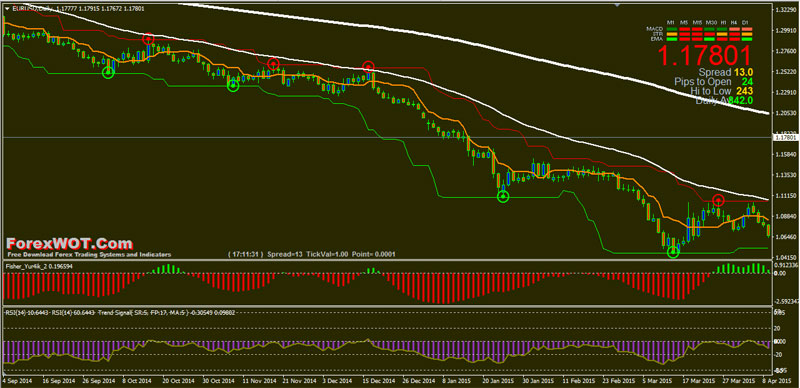
In the chart above, we see that the 50 EMA held as a strong resistance level for a while as GBP/USD repeatedly bounced off it. Let’s take another look at the 50 EMA on GBP/USD’s 15-min chart. Combining a couple of them, you can have yourself a nice little zone.īut you should also know that they can break, just like any support and resistance level! Many technical analysts use 50-day moving average and 200-day moving average to identify. Also, EMA name is clearly mentioned in setting. Now you know that moving averages can potentially act as support and resistance. This makes EMA more sensitive to new price changes than the MA. Breaking through Dynamic Support and Resistance The area between moving averages could be considered as a zone of support or resistance.

The idea is that just like your horizontal support and resistance areas, these moving averages should be treated like zones or areas of interest. There are some traders who use intraday strategies just like this. Let’s take another look at that 15-minute chart of GBP/USD, but this time let’s use the 10 and 20 EMAs.įrom the chart above, you see that price went slightly past the 10 EMA a few pips but proceeded to drop afterward. What some forex traders do is that they pop on two moving averages, and only buy or sell once the price is in the middle of the space between the two moving averages.

There are also times when the price will blast past it altogether. Sometimes it will go past it a little bit before heading back in the direction of the trend.

This means that price won’t always bounce perfectly from the moving average. One thing you should keep in mind is that these are just like your normal support and resistance lines.


 0 kommentar(er)
0 kommentar(er)
